Bobang coffee bean picture Learn more about Bobang coffee bean picture
-
Boutique coffee bean variety Bobang coffee bean picture
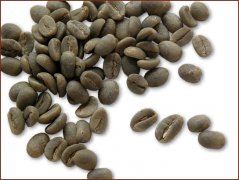 2014-12-29 Boutique
coffee beans
species
Bobang
pictures
2014-12-29 Boutique
coffee beans
species
Bobang
pictures
-
Boutique coffee common sense Bobang coffee bean picture appreciation
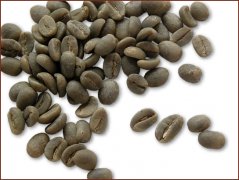 2014-11-21 Coffee knowledge
boutique coffee
coffee common sense
Bobang coffee bean picture
2014-11-21 Coffee knowledge
boutique coffee
coffee common sense
Bobang coffee bean picture
-
Picture of Bobang Coffee beans (Bourbon)
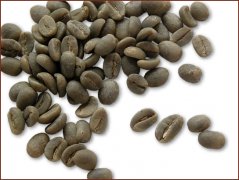 2015-06-06 Bobang
coffee beans
pictures
Bourbon
2015-06-06 Bobang
coffee beans
pictures
Bourbon
-
Picture of Bobang Coffee beans (Bourbon)
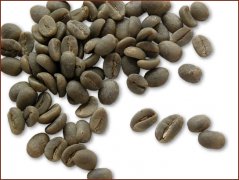 2015-10-05 Bobang
coffee beans
pictures
Bourbon
2015-10-05 Bobang
coffee beans
pictures
Bourbon
-
Picture of Bobang Coffee beans (Bourbon)
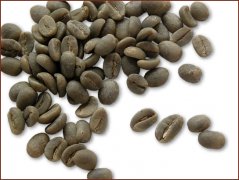
(this article is reproduced)
2015-10-14 Bobang coffee beans pictures Bourbon this article reprint -
Boutique Coffee beans recommended Bobang Coffee Bean Picture (Bourbon)
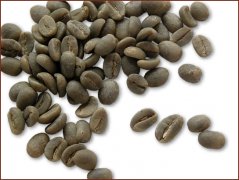 2014-11-13 Coffee knowledge
boutique coffee beans
Bobang coffee beans
2014-11-13 Coffee knowledge
boutique coffee beans
Bobang coffee beans
-
Coffee boutique learn from Bobang coffee beans pictures
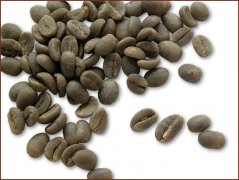 2014-09-30 Coffee knowledge
coffee boutique
Bobang coffee beans
2014-09-30 Coffee knowledge
coffee boutique
Bobang coffee beans
-
Picture of Bobang Coffee beans (Bourbon)
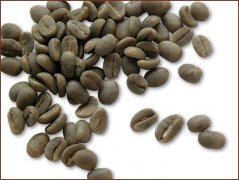 2014-09-19 Pictures of coffee beans
2014-09-19 Pictures of coffee beans
-
Pictures of coffee beans Nepal Baglung Balon Baglong
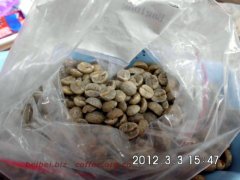
Picture of coffee beans Nepal Baglung Balon Baglong, coffee beans in the shape of a shorter garden, a little Bobang feeling. Nepalese Baglung Balon Baglong coffee beans are handled quite cleanly. Coffee producing Nepal is located in the Himalayas, pollution-free, chemical-free land, creating a natural and pure coffee. Nepal, located at the southern foot of the Himalayas, is 800-1600 meters above sea level.
2014-06-27 Coffee beans Nepal Balon boutique coffee -
Arabica Coffee beans Coffee cultivation in China
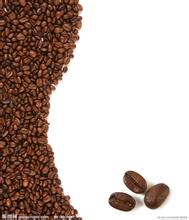
Arabica coffee accounts for 70% of all coffee production, and its excellent flavor and aroma make it a direct drinkable coffee with only eight Arabica beans (8). But its resistance to dryness, frost, diseases and insect pests is too low, especially the natural enemy of coffee-leaf rust, so all producing countries are committed to
2016-06-04 Rabbi coffee beans China coffee planting situation all output rabbi -
Introduction of Arabica Coffee Origin introduction of Arabica Coffee Manor
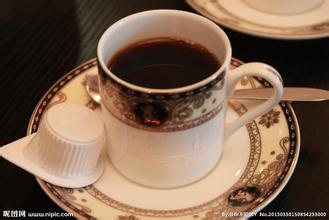
Arabica coffee accounts for 70% of all coffee production, and Arabica coffee accounts for 70% of all coffee products. its excellent flavor and aroma make it a direct drinkable coffee with only 8 Arabica beans (8). But its resistance to dryness, frost, diseases and insect pests is too low, especially the natural enemy of coffee-leaf rust, so all producing countries are in
2016-07-12 Rabbi Coffee Origin introduction Allah Biya Manor producing area Native all -
Characteristics of caffeine content in Arabica coffee beans introduction to the manor of family members in the producing area

With the closure of the garden, growers began to look for other disease-resistant varieties. Small-grain coffee is still the most important coffee variety, accounting for about 3% of the world's total coffee production. It is mainly grown in Latin American countries, but also partly in Indonesia and the Pacific islands. The geographical and climatic conditions of Brazil, the world's largest coffee producer, are very suitable for the growth of small-grain coffee and the main coffee products grown.
2016-10-18 Rabbi coffee beans caffeine content characteristics origin taste family members village -
Arabica Coffee Flavor description introduction to the characteristics of High-quality Coffee Bean varieties

Arabica coffee accounts for 70% of all coffee production, and its excellent flavor and aroma make it the only coffee that Arabica beans can drink directly. However, its resistance to dryness, frost, diseases and insect pests is too low, especially the natural enemy of coffee-leaf rust, so all producing countries are committed to varieties.
2016-10-13 Rabbi coffee flavor description taste boutique coffee beans varieties producing areas characteristics -
A brief introduction to the planting situation of Arabica Coffee Variety and Market Price

Arabica coffee accounts for 70% of all coffee production, and Arabica coffee accounts for 70% of all coffee products. its excellent flavor and aroma make it a direct drinkable coffee with only 8 Arabica beans (8). But its resistance to dryness, frost, diseases and insect pests is too low, especially the natural enemy of coffee-leaf rust, so all producing countries are in
2016-07-18 Rabbi Coffee Manor Flavor palate characteristics introduction Coffee beans Native all -
Introduction to the characteristics of Arabica Coffee Flavor description, Grinding degree treatment, Price and planting Environment

Arabica coffee accounts for 70% of all coffee production, and its excellent flavor and aroma make it a direct drinkable coffee with only eight Arabica beans (8). However, its resistance to dryness, frost, diseases and insect pests is too low, especially the natural enemy of coffee-leaf rust, so all producing countries are committed to products.
2016-10-15 Rabbi coffee flavor description grinding processing characteristics price planting environment -
Introduction to the price of Arabica coffee beans during the harvest season

Arabica is deeply loved by Chinese people with a short history of coffee contact because of its strong fruity aroma. it was introduced to China by missionaries in the 19th century and was widely planted in Panzhihua, Sichuan, and the dry-hot valley of the Jinsha River in western Yunnan, where the sunshine was long and there was a big temperature difference between day and night. The local people solved the problem of insufficient seasonal rainfall by diverting water up the mountain.
2016-10-20 Rabbi coffee beans harvest picking season origin price introduction rabbi because of its -
Arabica Coffee Bean Coffee Manor introduction Arabica Coffee Manor
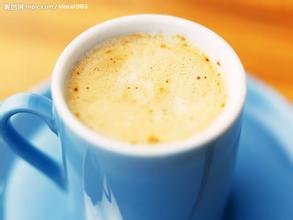
The origin of the Arabica species (Coffea arabica) is the Abyssini Arabica subplateau (Abyssinia, now known as the Ethiopian plateau) in Ethiopia. In the early days, it was mainly eaten as medicine (Islamic monks used as a secret medicine for physical and mental therapy or for awakening the brain), developed the habit of baking and drinking in the 13th century, and passed through Allah in the 16th century.
2016-07-11 Rabbi coffee beans coffee manor introduction rabbi card species Coffea a -
Characteristics of Arabica Coffee Flavor description method introduction to the characteristics of high-quality coffee beans in producing areas

Arabica coffee accounts for 70% of all coffee production, and its excellent flavor and aroma make it a direct drinkable coffee with only eight Arabica beans (8). However, its resistance to dryness, frost, diseases and insect pests is too low, especially the natural enemy of coffee-leaf rust, so all producing countries are committed to products.
2016-10-13 Rabbi coffee flavor description treatment characteristics varieties producing areas boutique coffee beans -
Introduction to the planting environment of small grain coffee flavor and taste of Arabica coffee in Yunnan
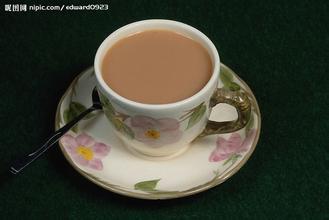
Arabica is deeply loved by Chinese people with a short history of coffee contact because of its strong fruity aroma. it was introduced to China by missionaries in the 19th century and was widely planted in Panzhihua, Sichuan, and the dry-hot valley of the Jinsha River in western Yunnan, where the sunshine was long and there was a big temperature difference between day and night. The local people solved the problem of insufficient seasonal rainfall by diverting water up the mountain.
2016-07-15 Yunnan rabbi coffee small grains flavor taste planting environment introduction -
Arabica coffee grinding degree, taste characteristics, flavor description, introduction to high-quality coffee beans
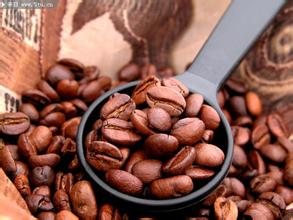
Arabica is deeply loved by Chinese people with a short history of coffee contact because of its strong fruity aroma. it was introduced to China by missionaries in the 19th century and was widely planted in Panzhihua, Sichuan, and the dry-hot valley of the Jinsha River in western Yunnan, where the sunshine was long and there was a big temperature difference between day and night. The local people solved the problem of insufficient seasonal rainfall by diverting water up the mountain.
2016-10-11 Rabbi coffee grinding taste characteristics flavor description boutique coffee beans introduction
